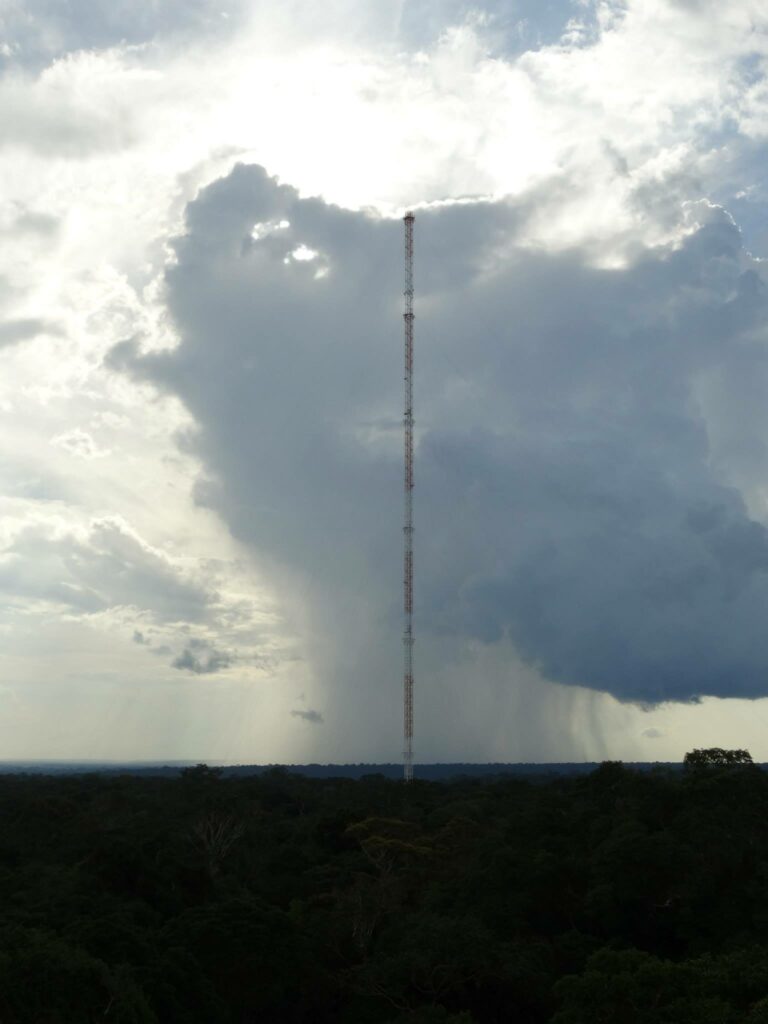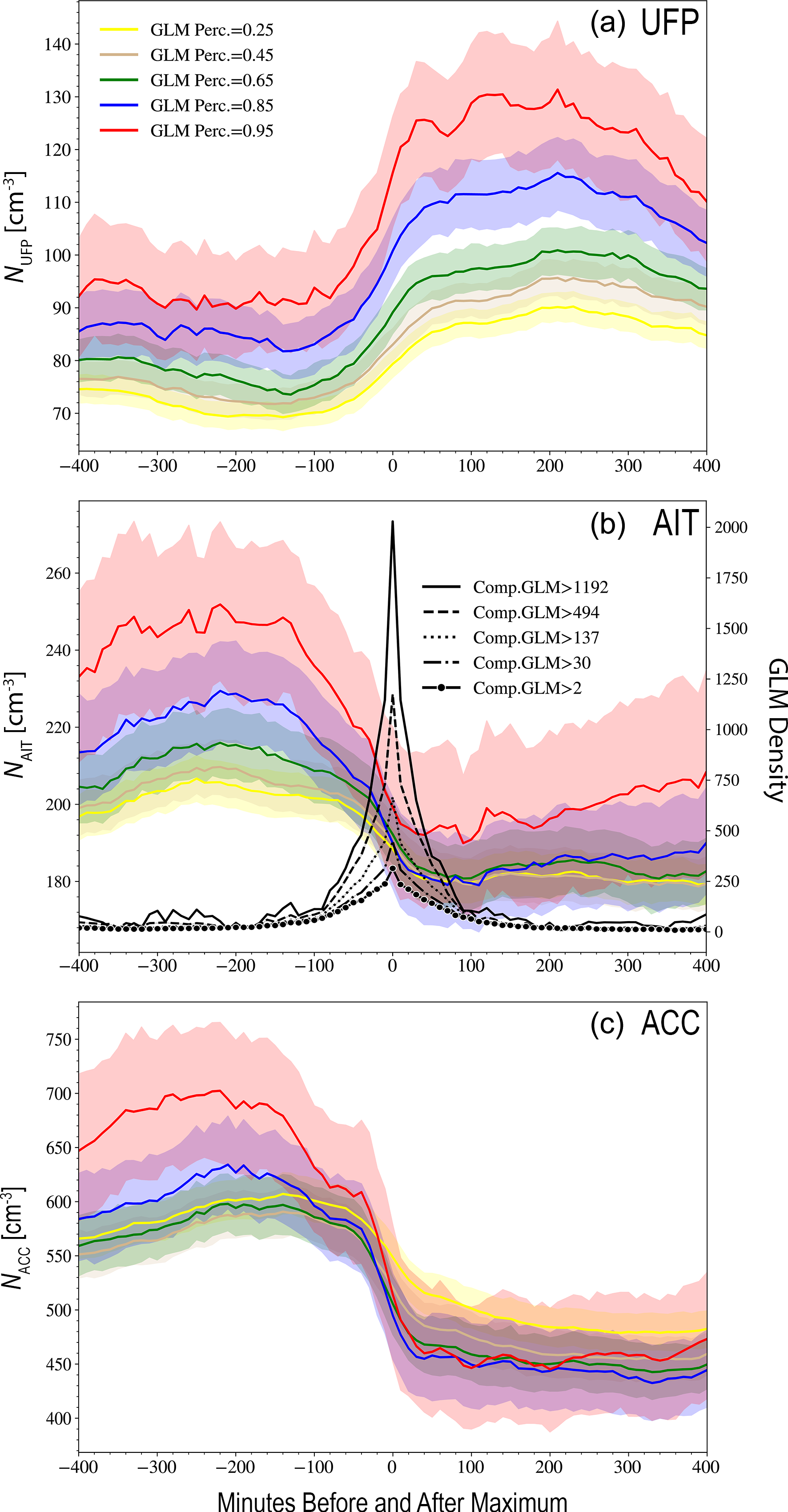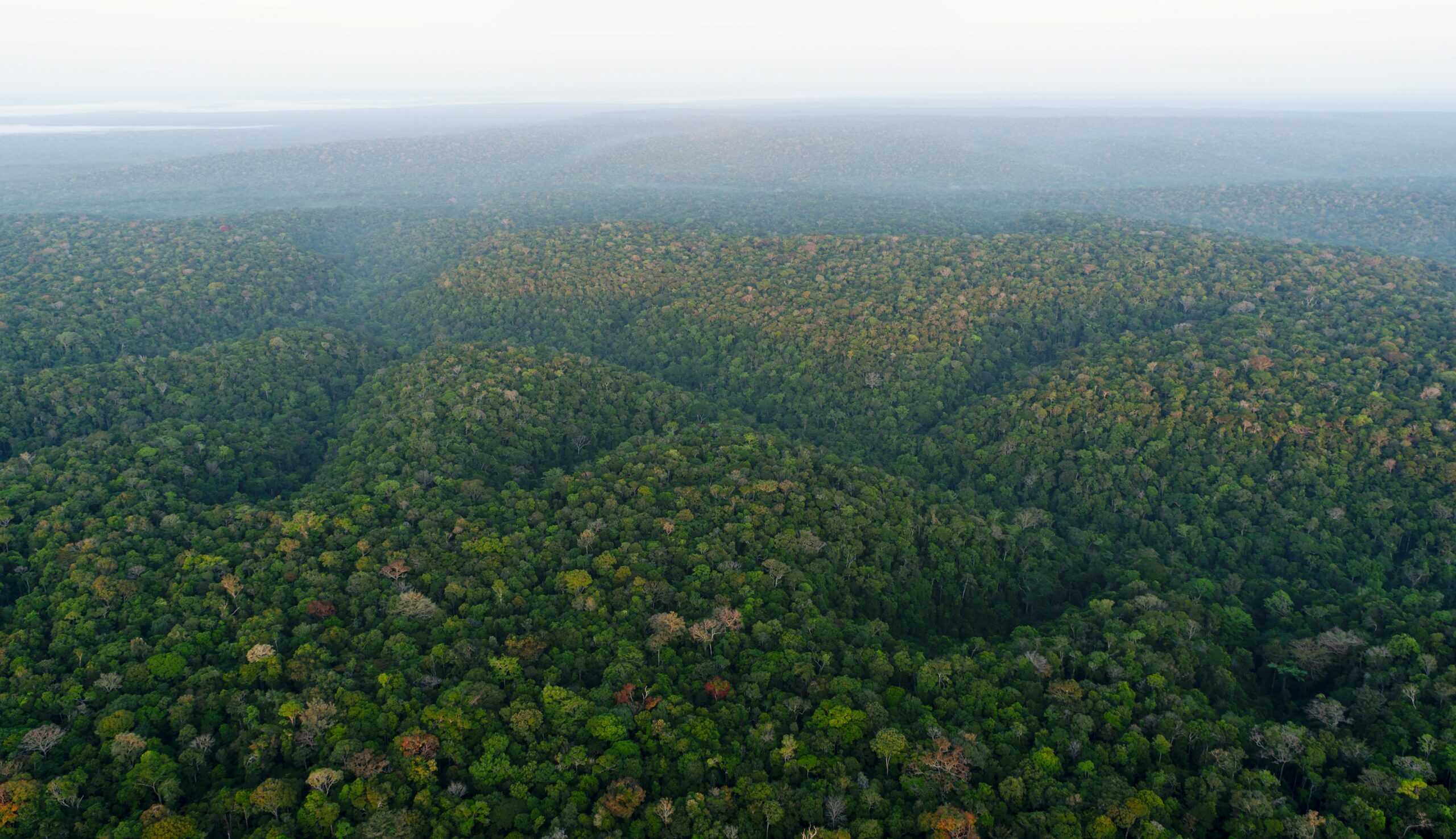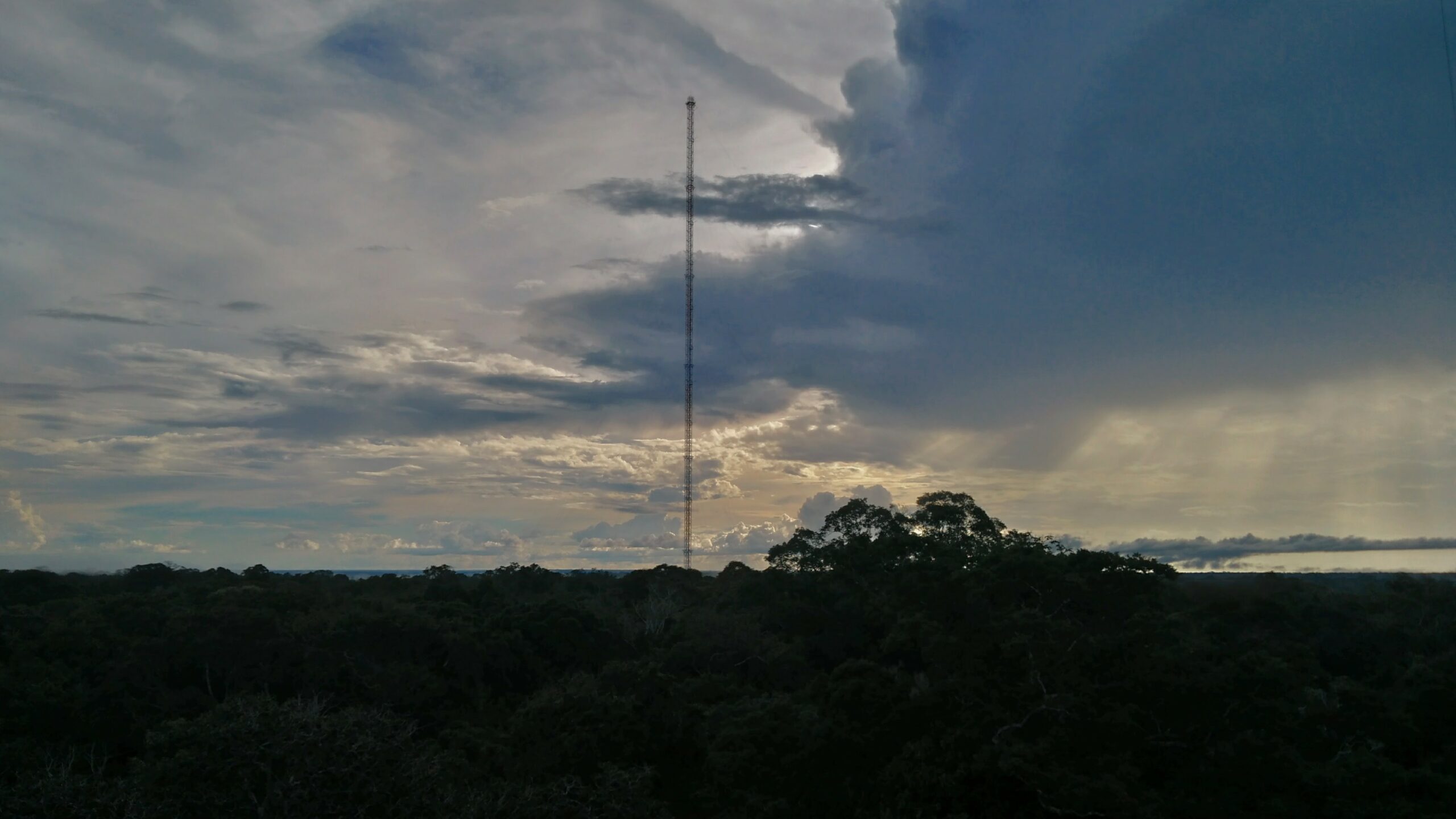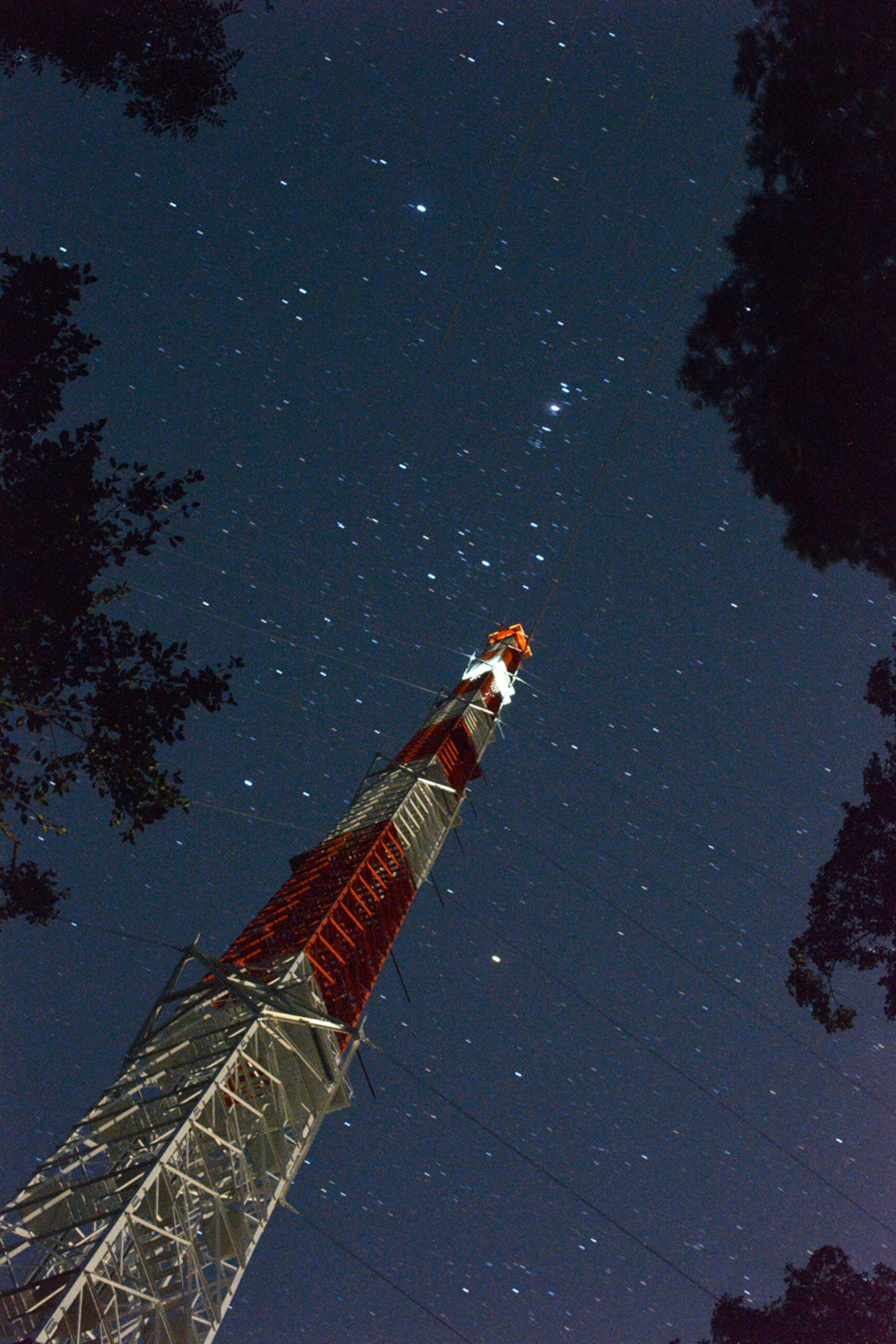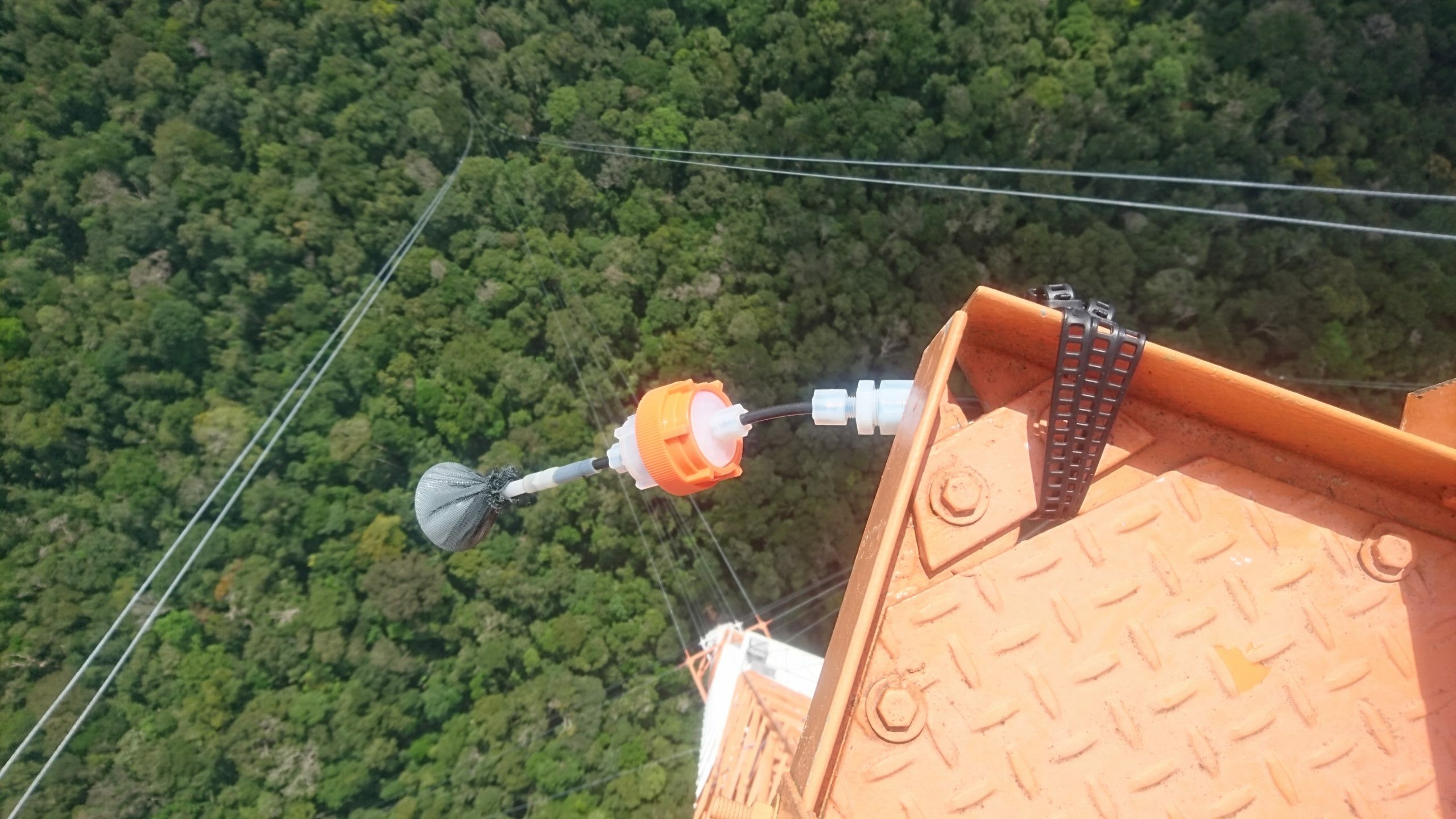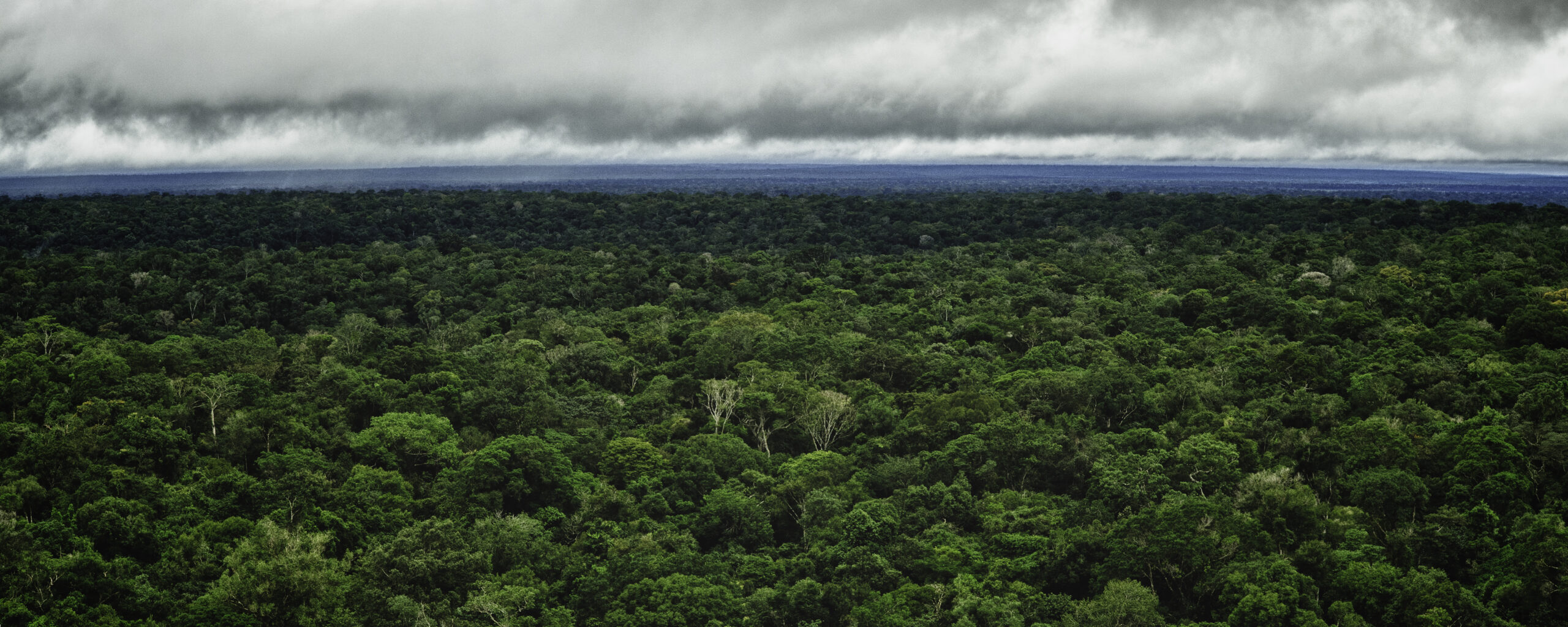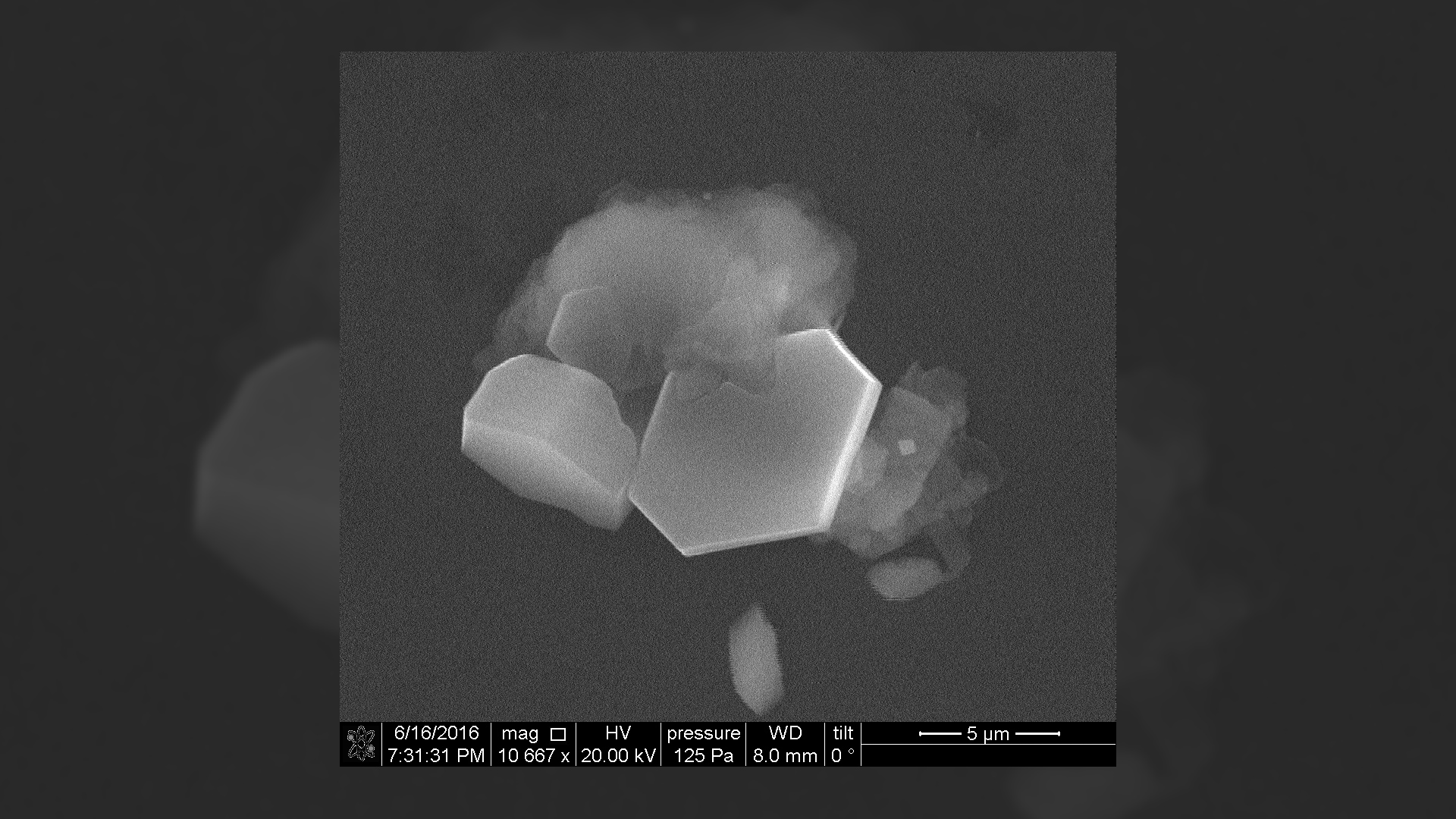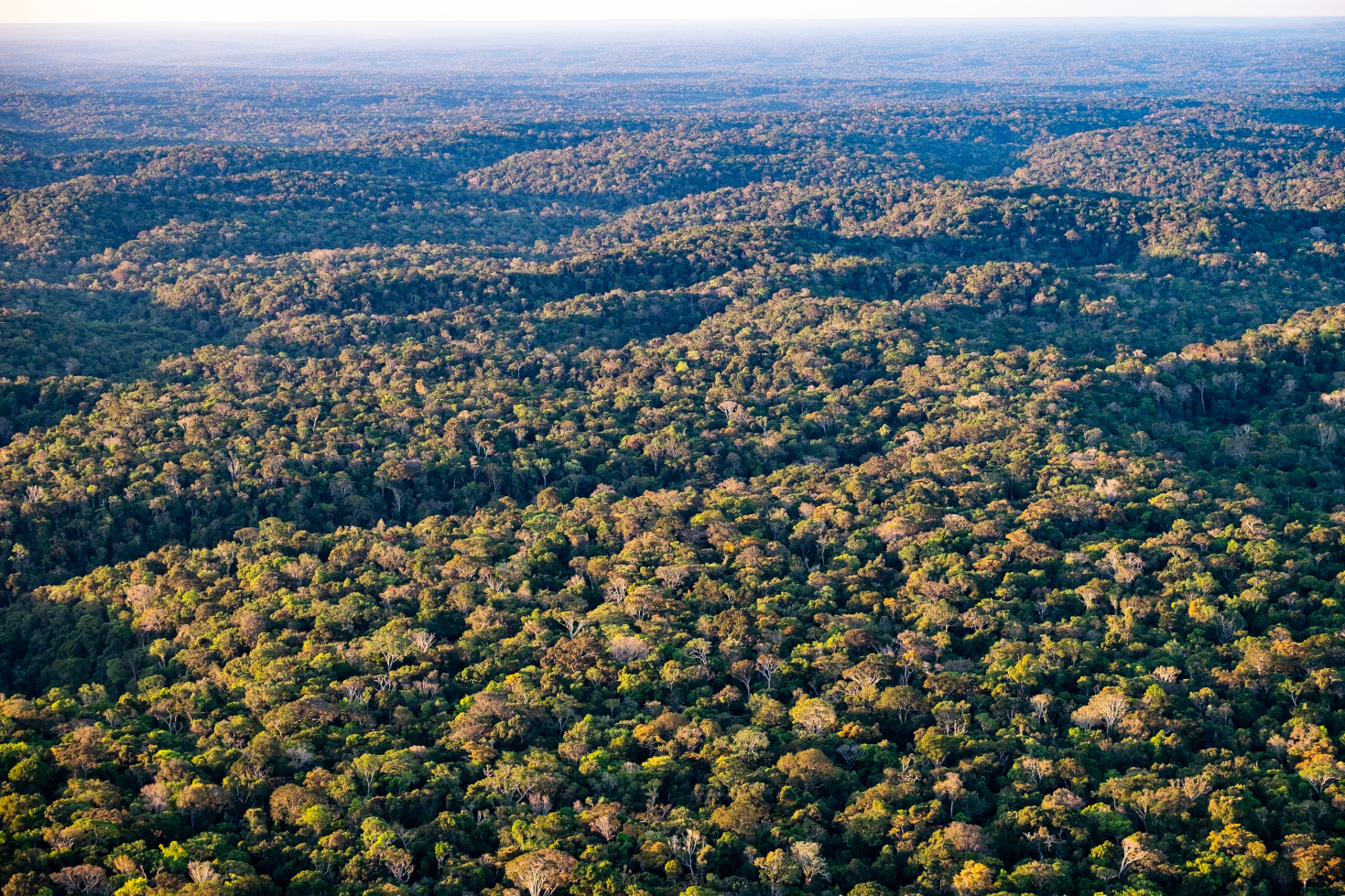Aerosols and clouds
Scientists have worked for decades on improving our understanding of atmospheric processes. They have made huge strides, which has allowed us to predict future developments of Earth’s climate. But we still have some blind spots, which are responsible for variations within the different model predictions. Clouds and aerosols contribute the largest uncertainty. It is long known that aerosols, directly and indirectly, affect clouds, weather and precipitation. One major factor is that aerosols provide condensation nuclei for cloud formation. But very few studies have focused on the opposite: the question of how clouds modify aerosol properties.
Therefore, Luiz Machado and his colleagues looked into this process at ATTO. Specifically, they studied how weather events influenced the size distribution of aerosol particles. They wanted to learn more about the daily and seasonal cycles of aerosol particle sizes. Additionally, they wanted to look into the effects of weather events like lightning storms.
Cyclic variability
Luiz and his team found a pronounced seasonality in their aerosol measurements. In agreement with prior studies, they observed a much higher concentration of aerosol particles in the dry season than in the wet season. This is likely due to both an increase in fire-related aerosols (natural and anthropogenic), and a shift in wind direction, bringing more such polluted air to the ATTO site.
In addition, they also found a typical daily cycle in the particle sizes. The maximum concentration in ultrafine particles (smaller than 50 nanometers) occurs at sunrise. For comparison, that’s smaller than a single coronavirus, which size ranges from 50 to 140 nanometers. As the sun rises, the particles grow. Consequently, the concentration of ultrafine particles decreases gradually, and that of larger ones increases. This trend lasts until the afternoon. This is the time of day when it often rains in the tropics, and the rainfall, among other processes, removes the larger particles from the atmosphere and increases the concentration of small particles.
Weather: thunderstorms and aerosols
Even though most rain falls during the wet season, thunderstorms occur most frequently during the transition from wet to dry season and vice versa. And these thunderstorms with lots of lightning activity appear to significantly affect the aerosol particles in the atmosphere. The scientists observed that the number of ultrafine particles increases starting approximately with the onset of a storm, 100 minutes before lightning activity at ATTO reaches its maximum. Larger particles on the other hand decrease, dropping to a minimum during the height of the storm. Two to three hours after afterward, this trend reverses again.
The reason for this behavior is still unclear and the team cannot explain it with the setup of this study. Nevertheless, Luiz and his colleagues hypothesize that the convective storm might bring down air from higher layers in the atmosphere with downdrafts. This air contains relatively more of these ultrafine particles and fewer larger-sized ones. Another or additional possibility is that the lightning discharges themselves might produce ultrafine particles. And since thunderstorms are associated with heavy rain, this likely washes out particles from the atmosphere, and in particular the larger, heavier ones.
Further studies will however be needed to fully explain what Luiz and his team found in their observational data.
Luiz Machado et al. published the study “How weather events modify aerosol particle size distributions in the Amazon boundary layer“ Open Access in Atmospheric Chemistry and Physics.
Similar articles
In a new study, Luca Mortarini and his colleagues introduce a novel approach to the study of the roughness sublayer, using a cospectral budget model. Its originality lies in not considering the mixing layer analogy to parameterize the turbulence statistics. In addition, it relates them to the different scales of the wind velocity spectrum without making any assumption on the property of the flow.
Eiky Moraes, Cléo Dias-Júnior and their colleagues wanted to find out if the local topography at the ATTO influenced the atmospheric movements. In particular, they were interested in the effect that topography has on the formation of gravity waves. Comparing two simulations, one with and one without topography, revealed some important differences in the dynamics and chemistry of the atmosphere.
Only when the air inside of the forest canopy mixes with the air above can there be exchange. The physical movement of the air, its turbulence, determine how well these two layers of air, the one inside the forest canopy and the one above, mix. Daniela Cava, Luca Mortarini, Cleo Quaresma and their colleagues set out to address some of these questions with two new studies that they conducted at ATTO. They wanted to define the different regimes of atmospheric turbulence or stability (Part 1) and describe the spatial and temporal scales of turbulent structures (Part 2).
In a new study, Marco A. Franco and his colleagues analyzed when and under what conditions aerosols grow to a size relevant for cloud formation. Such growth events are relatively rare in the Amazon rainforest and follow and pronounced diurnal and seasonal cycles. The majority take place during the daytime, and during the wet season. But the team also discovered a few remarkable exceptions.
Polari Corrêa and his co-authors analyzed the atmospheric dynamics in and above the forest canopy during one particular night at ATTO. Those conditions changed throughout the night. Turbulence was followed by the formation of a gravity wave and a low-level jet. It was likely formed due to the breeze from the Uatumã River and the hilly terrain. The study highlights the complex dynamics and mechanisms in the atmosphere above a dense forest.
Bioaerosols may act as cloud condensation nuclei and ice nuclei, thereby influencing the formation of clouds and precipitation. But so far there is less knowledge about the ice nucleation activity of each bioaerosol group and atmospheric models hitherto have not differentiated between them. Patade et al. created a new empirical parameterization for five groups of bioaerosols, based on analysis of the characteristics of bioaerosols at ATTO: fungal spores, bacteria, pollen, plant/animal/viral detritus, and algae. This makes it possible for any cloud model to access the role of an individual group of bioaerosols in altering cloud properties and precipitation formation.
Biogenic volatile organic compounds remove OH from the atmosphere through chemical reactions, which affects processes such as cloud formation. In a new study, Pfannerstill et al. reveal the important contributions of previously not-considered BVOCs species and underestimated OVOCs to the total OH reactivity.
Although located in the tropics, the Amazon sporadically experiences incursions of cold waves called friagem events. They significantly impact the weather patterns during the time they occur, causing for example a temperature drop and increased cloudiness. Guilherme Camarinha-Neto and his colleagues now found that they also affect atmospheric chemistry.
The majority of global precipitation is formed through the pathway of ice nucleation, but we’re facing large knowledge gaps that include the distribution, seasonal variations and sources of ice-nucleating particles. To fill some of those knowledge gaps, Jann Schrod and his co-authors produced a record of long-term measurements of INPs. They collected data for nearly two years at four different locations. One of those sites was ATTO.
Chamecki and his co-authors analyzed if the gentle topography underneath the Amazon rainforest impacts atmospheric turbulence. They published their results Open Access in the Journal of the Atmospheric Science.


